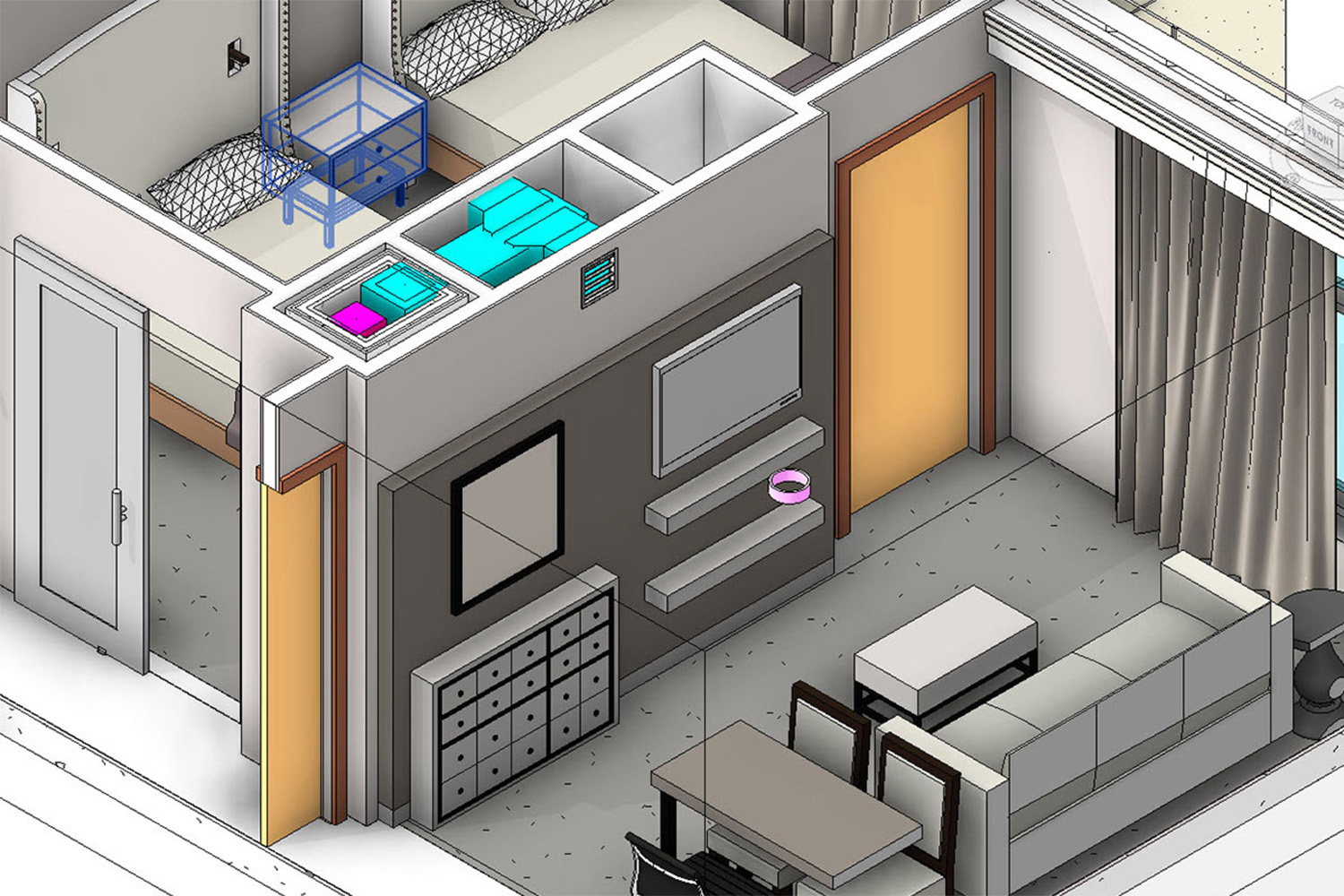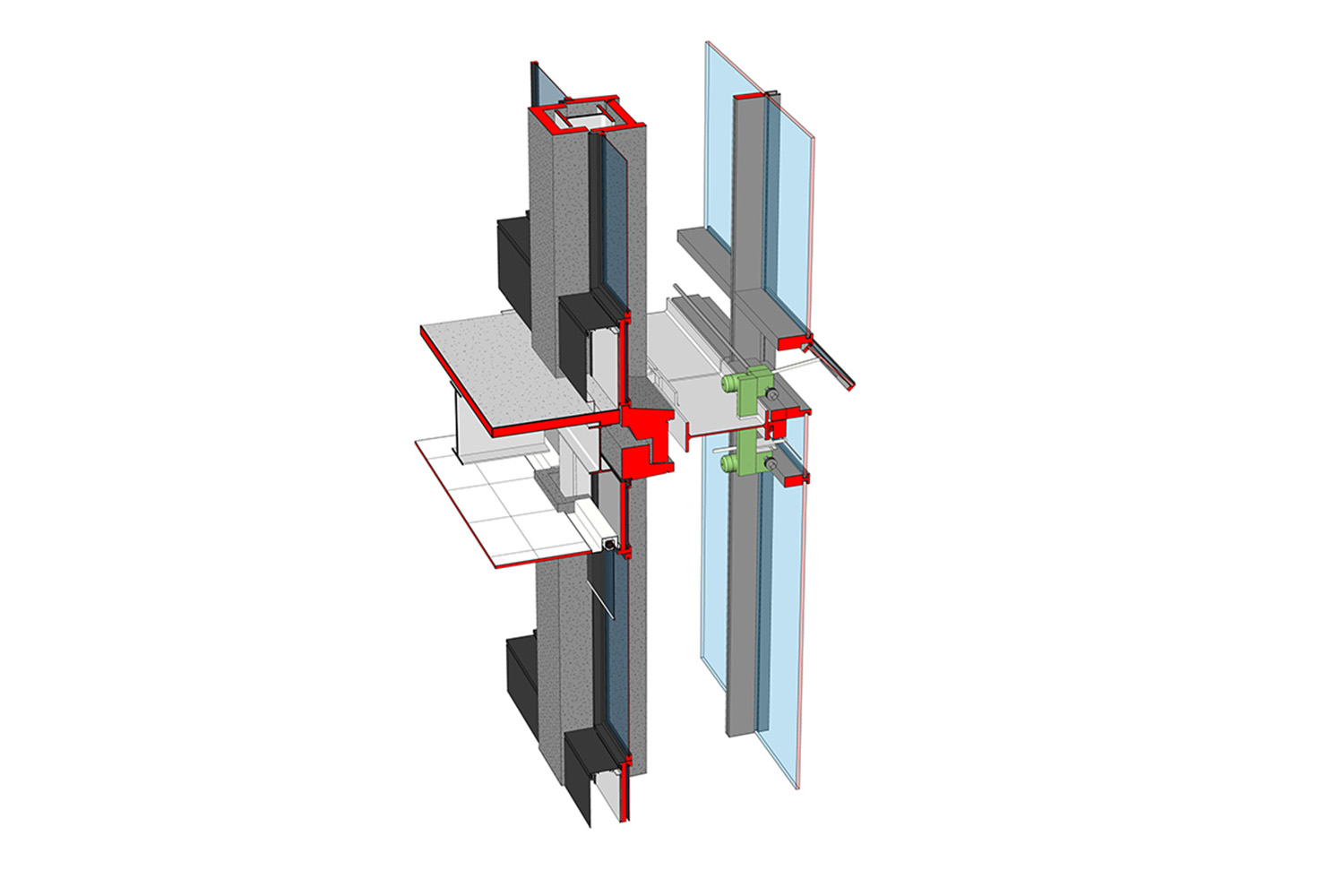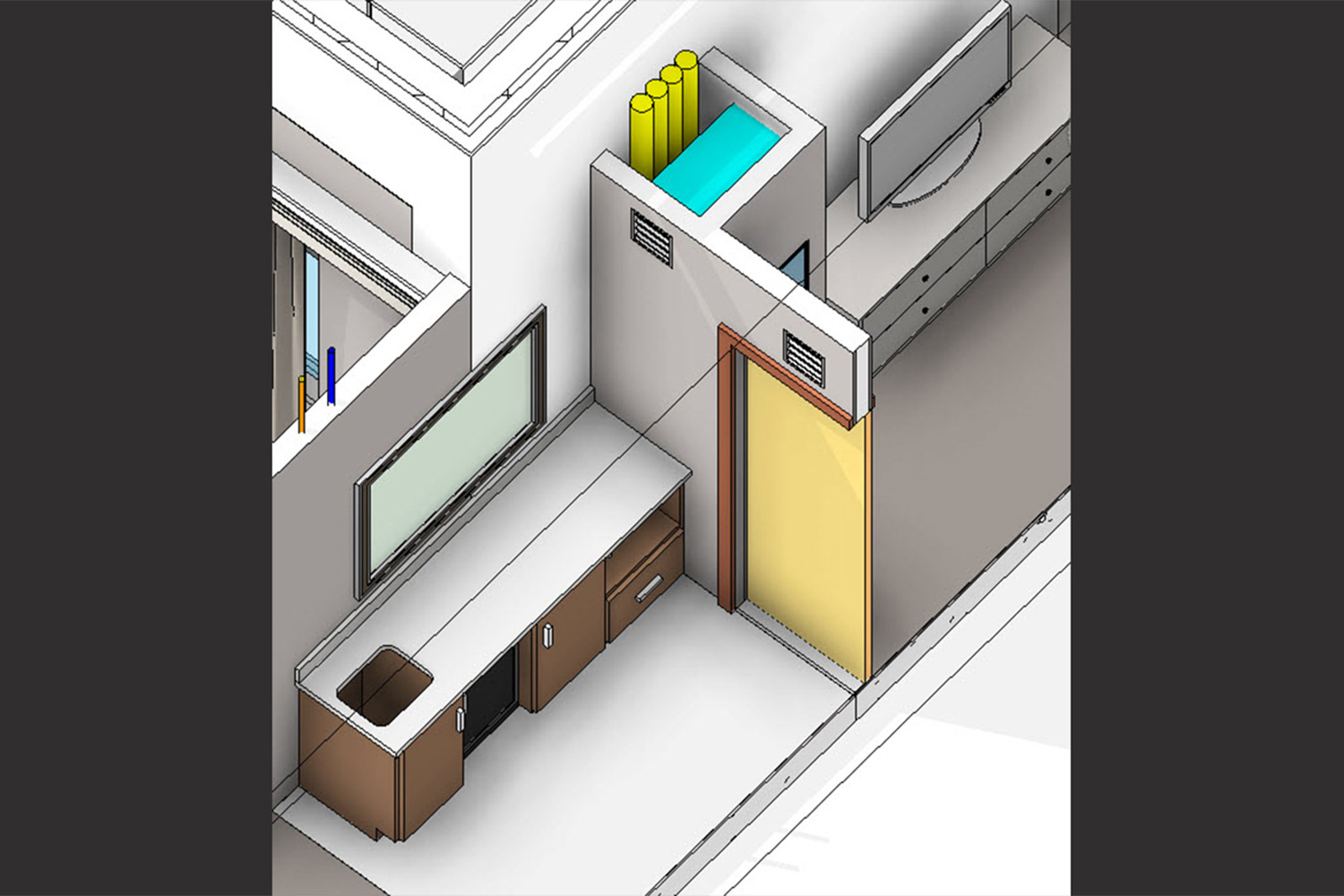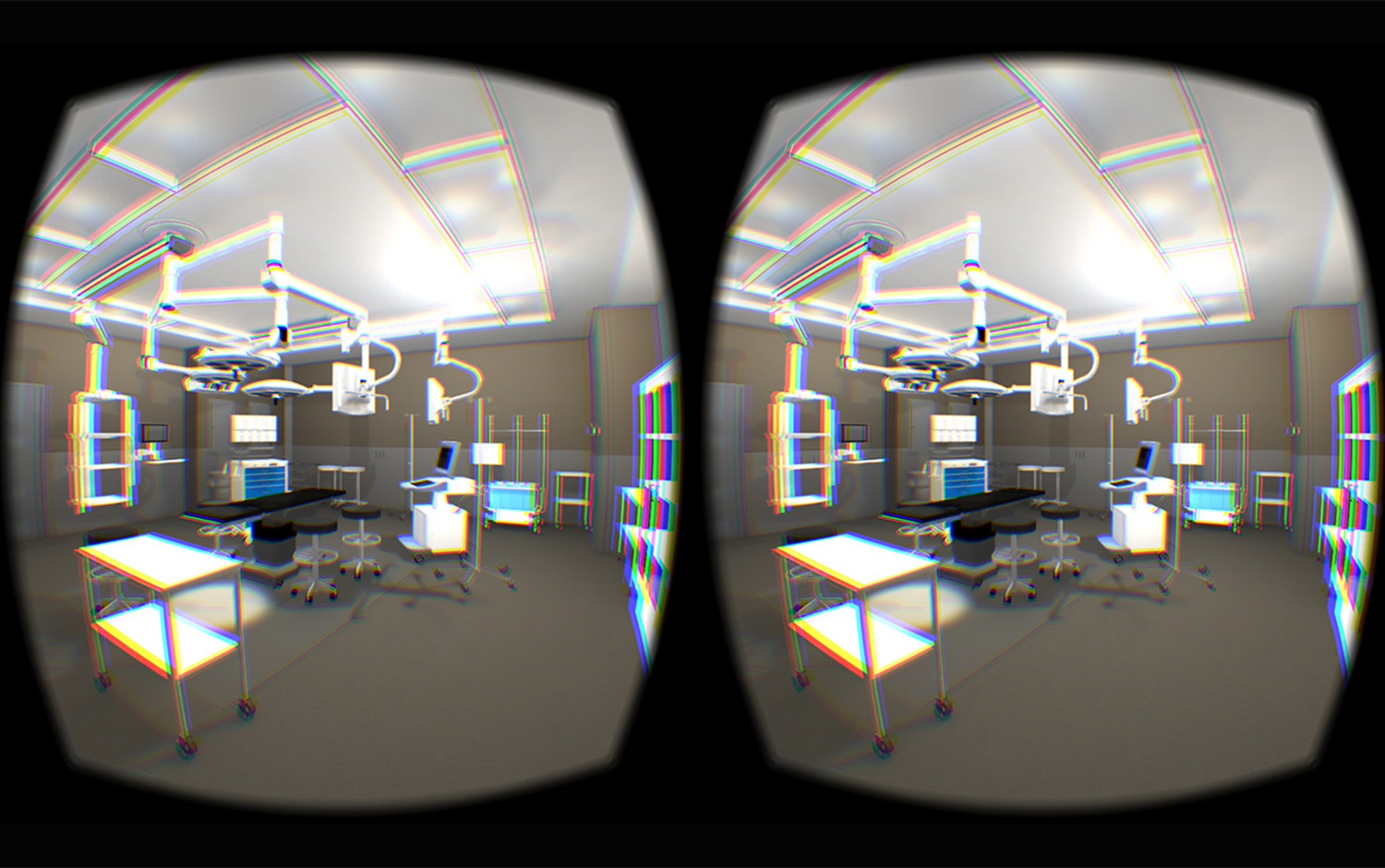Utilizing Mockups
Share

In contrast to most BIM uses, mockups are scalable, implying you can do as much or as little as needed to build your project.
The project typology will dictate which mockup will be most valuable. Execution of these models should be preceded by careful planning. The combination of virtual and built mockups ensures a better product, helps improve coordination between detail components and assemblies with the overall model, facilitates the discussion with special consultants, resulting in optimized details, and lastly, improves understanding of details with supplemental 3D documents, enabling more competitive pricing.
Mockups are most commonly characterized by one or more of the following: high-risk activities, highly repetitive areas, highly technical areas, or congested spaces.
A known high-risk activity is the assembly of the enclosure system. Numerous times these assemblies involve innovative and untested materials. How many trades will touch that one detail? Digitally that information can be dissected, coordinated, and managed.

Highly repetitive residential and hospitality projects will also present opportunities for mockups. Hotel rooms and apartment units will similarly split the information across different drawing sets. As I have seen firsthand this can have big implications throughout on furniture, plenum spaces, shaft management, and equipment connections. The second stage is applying the model room to every location and customizing it as need it.

Hospital operating rooms, high-end kitchens, mechanical rooms, or any space that contains highly specialized equipment is a highly technical space. As discussed previously, a mockup will supplement the spatial coordination required in these types of technical rooms. Besides fit, clearances, and clashes, there is an added element of complexity with technical spaces which is the routine or preference of the technical person. Be ready to move things around to make the space work for their use. For example, using the mockup the doctor will able to visualize his work area. How high the table has to be? Where does the monitor need to be placed? The facilities manager will also have valuable input on maintenance and accessibility to equipment.

In the technical progression, we see Virtual Reality (VR) and Augmented Reality (AR) as natural extensions of building virtual mockups. The principles remain similar but with the difference of a far more effective emersion. Digital content is developed on our monitors, tested, and virtually explored by doctors, chefs, or other technical users through the Oculus, and physically built on the construction site fitting their individual needs.